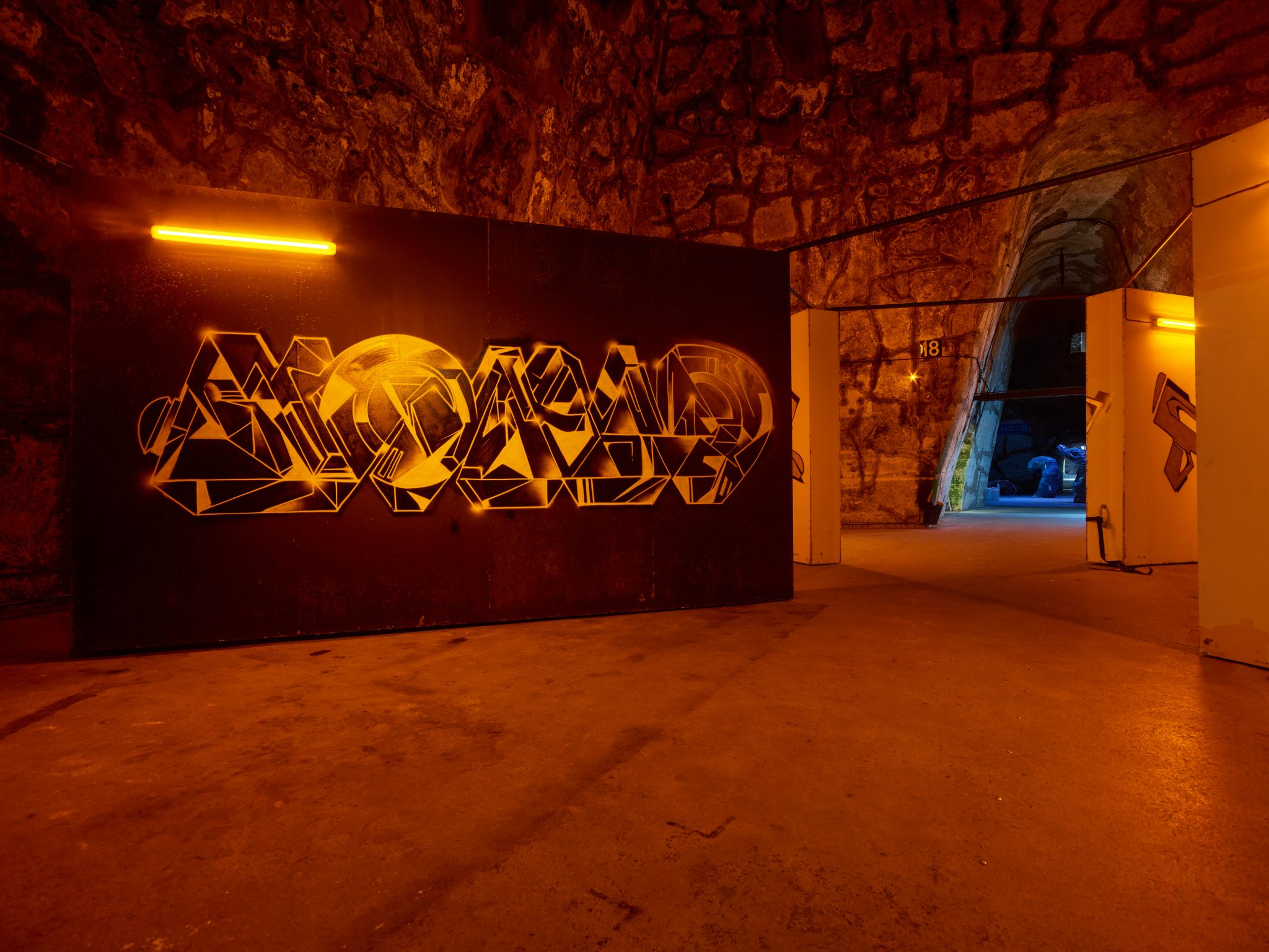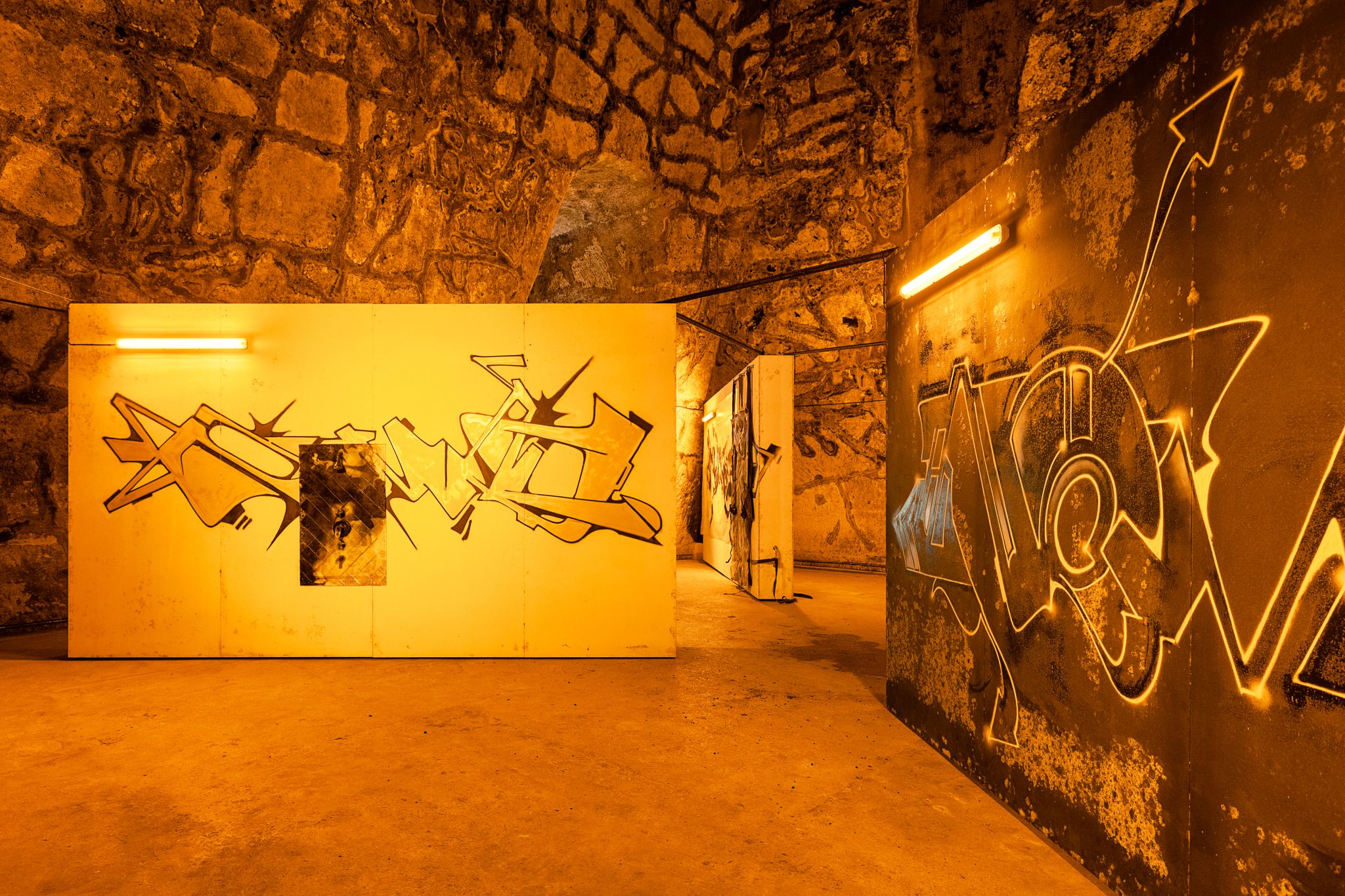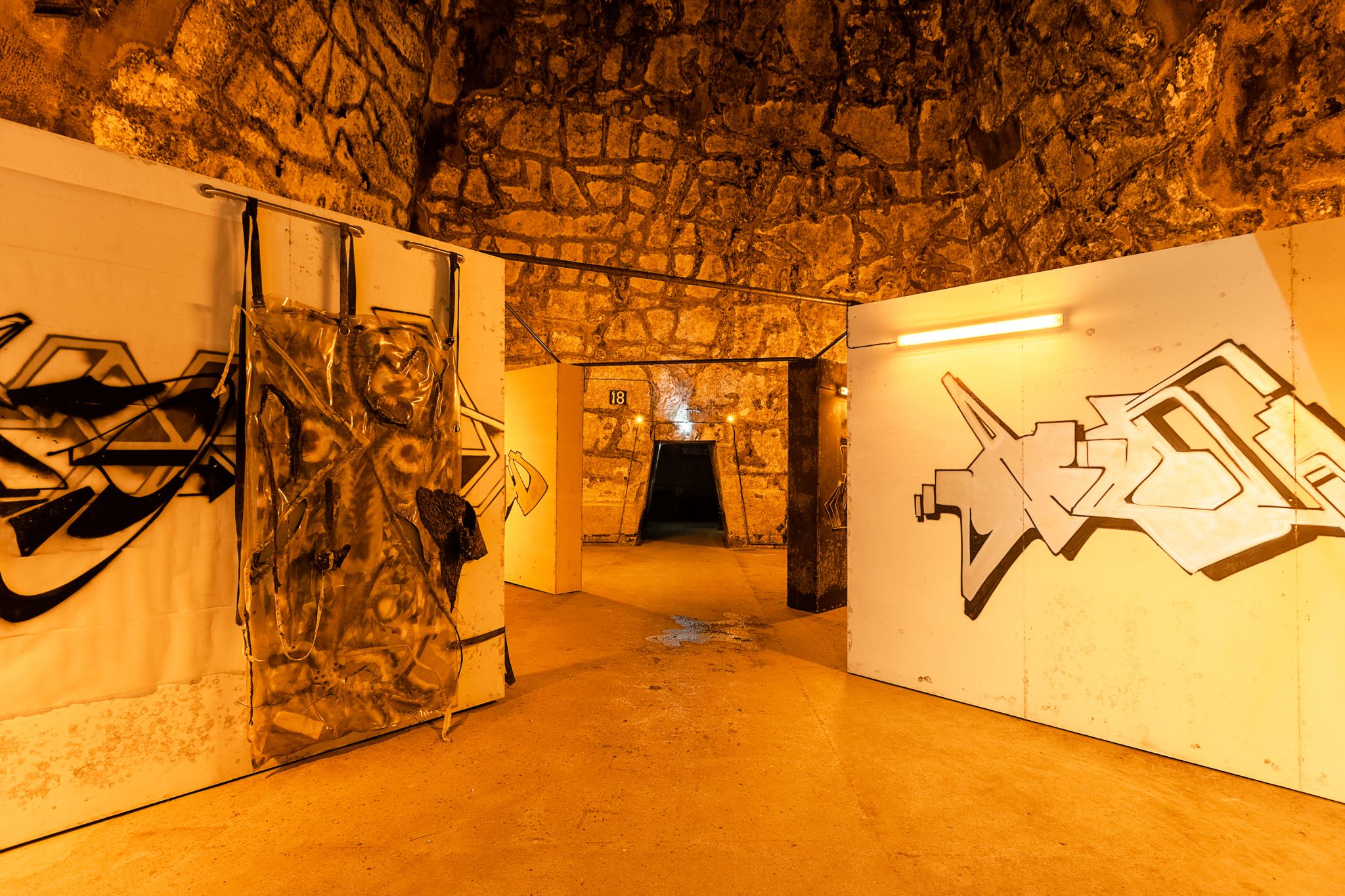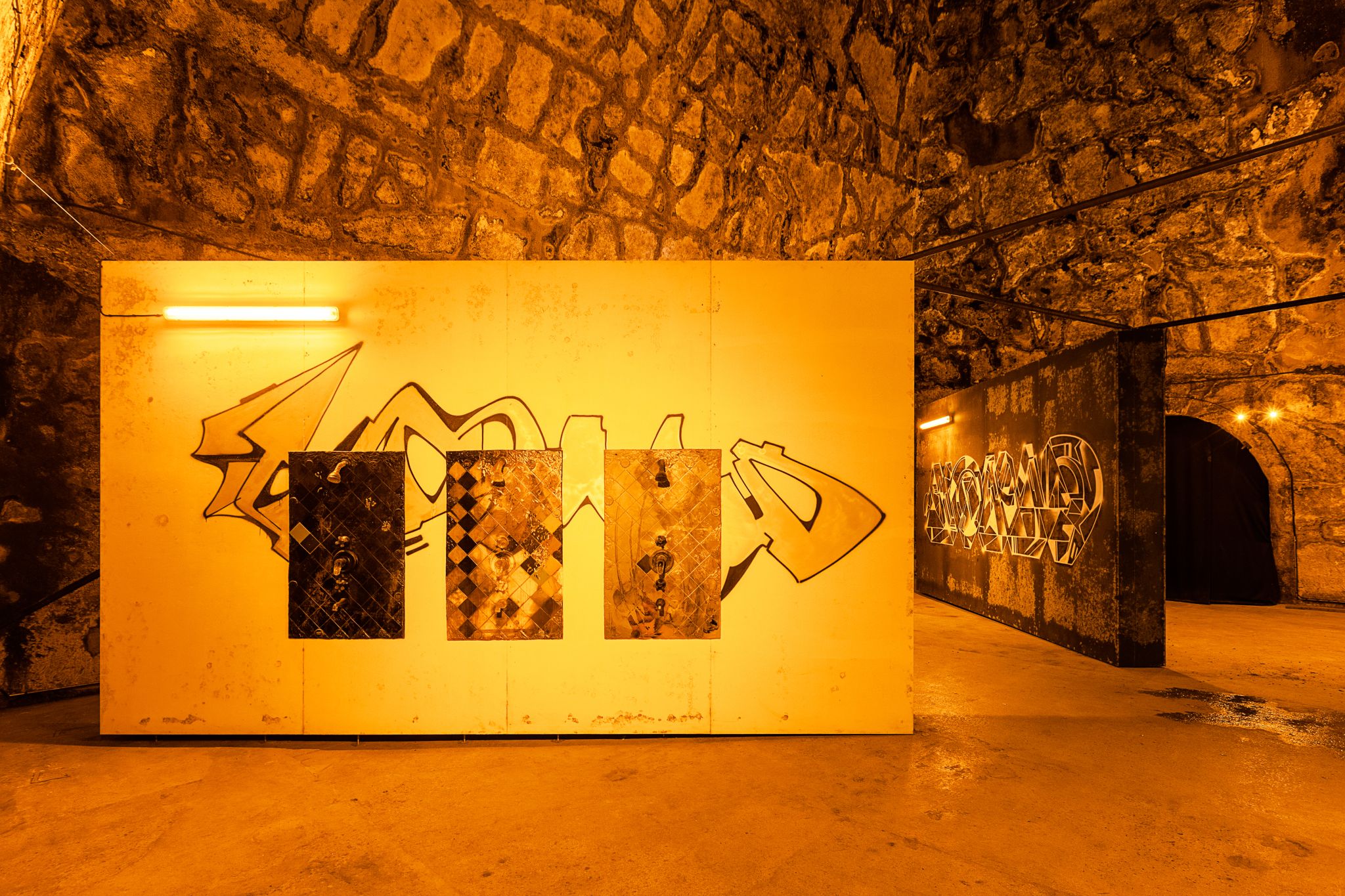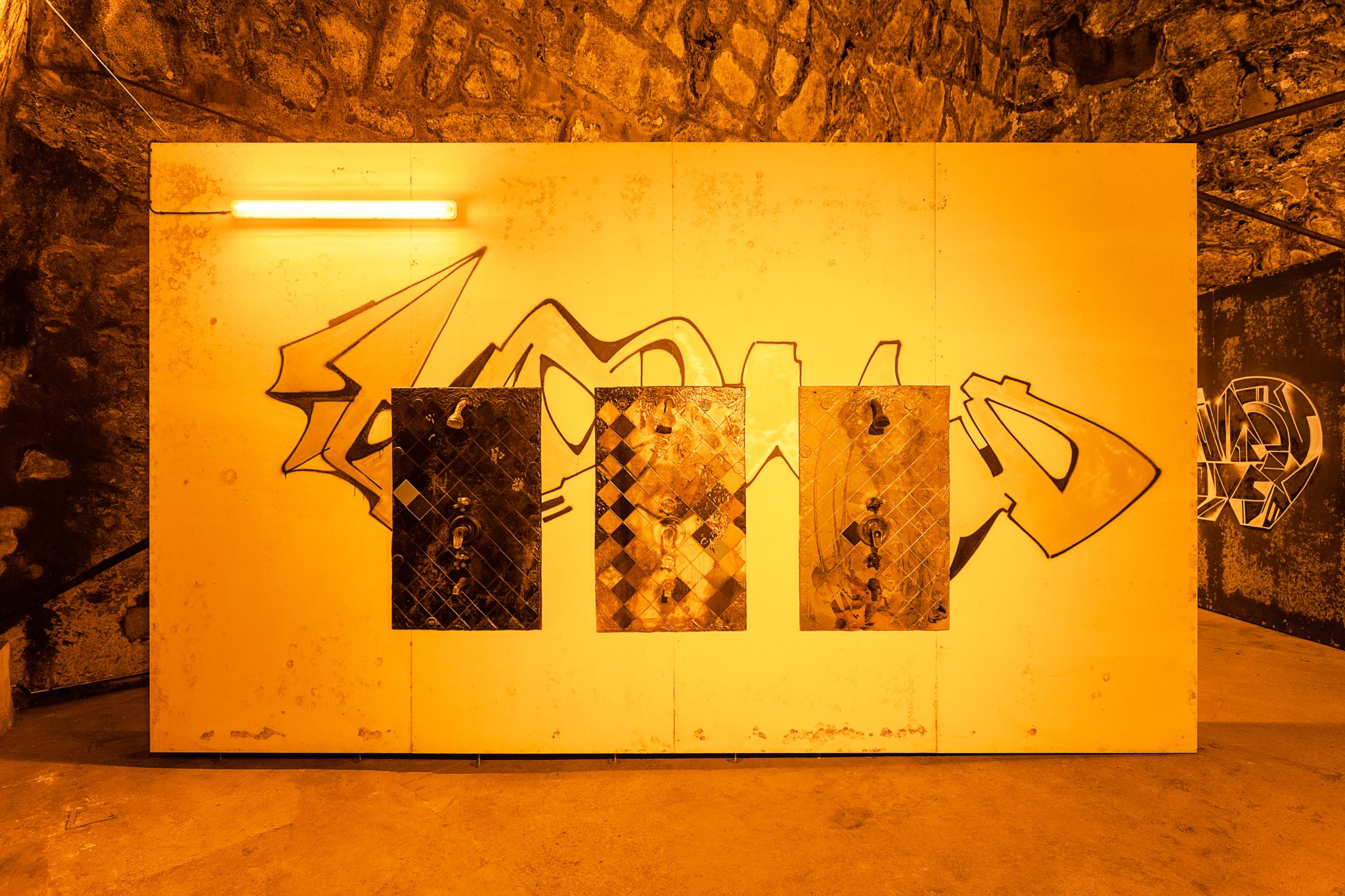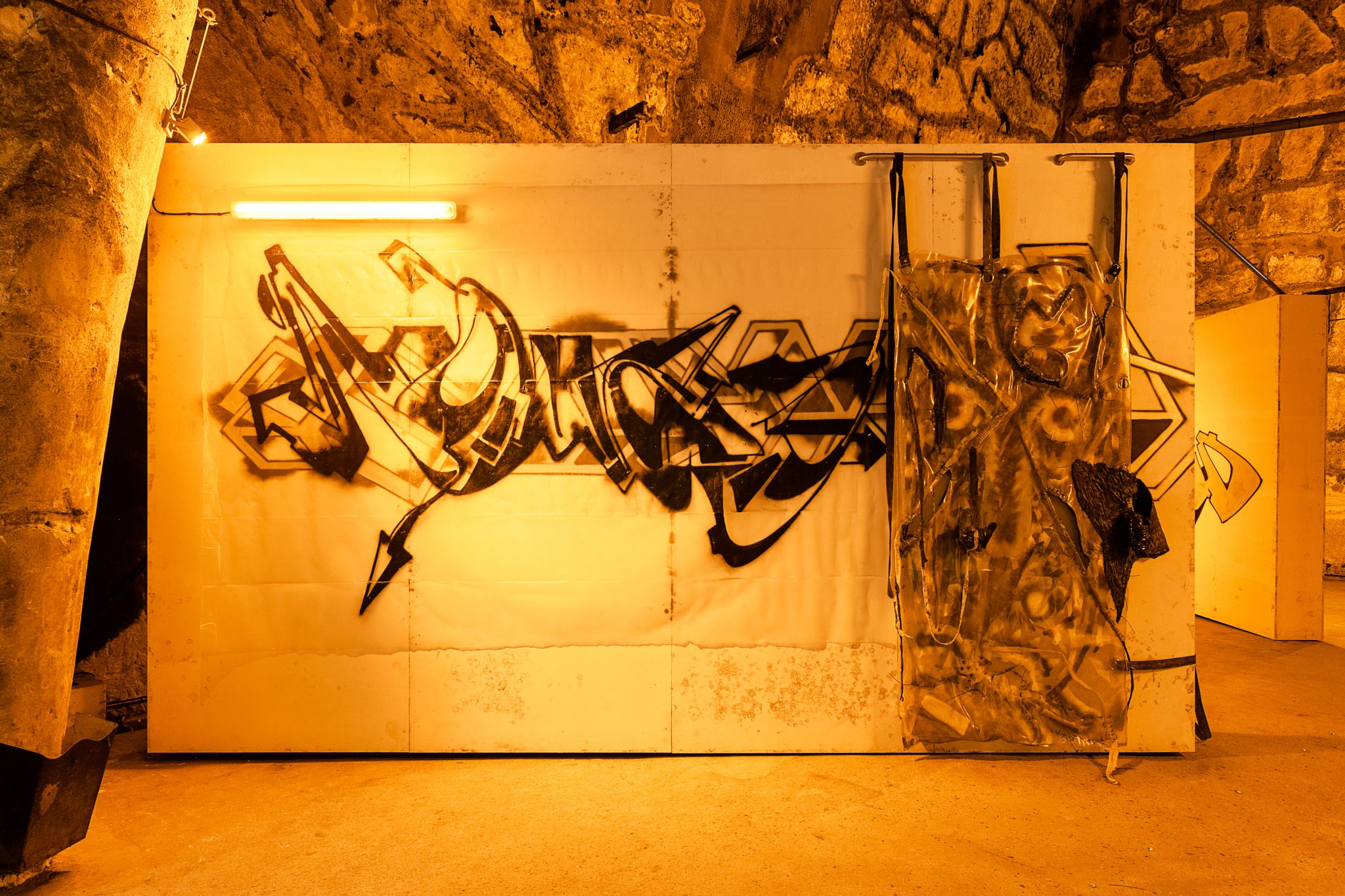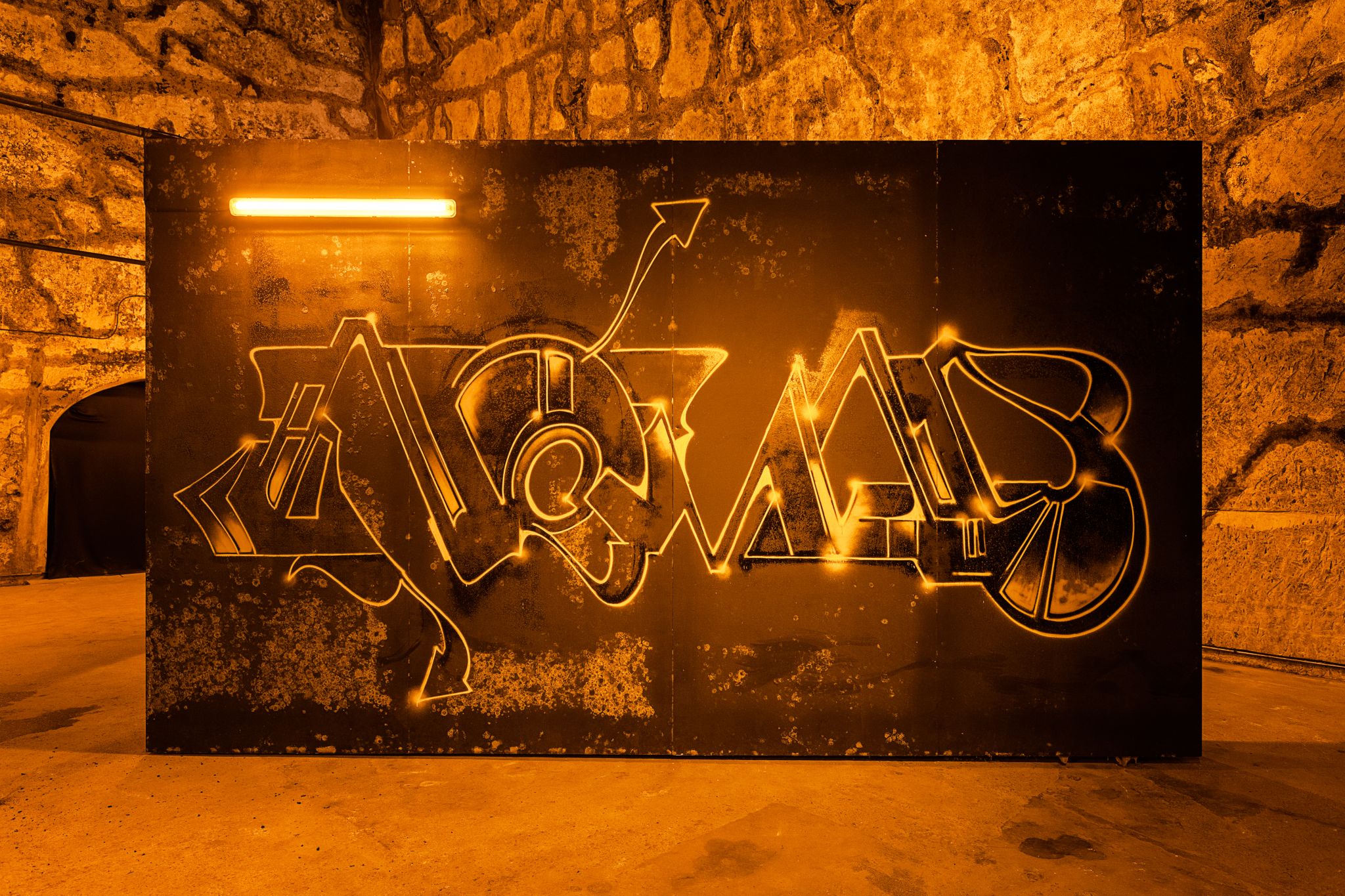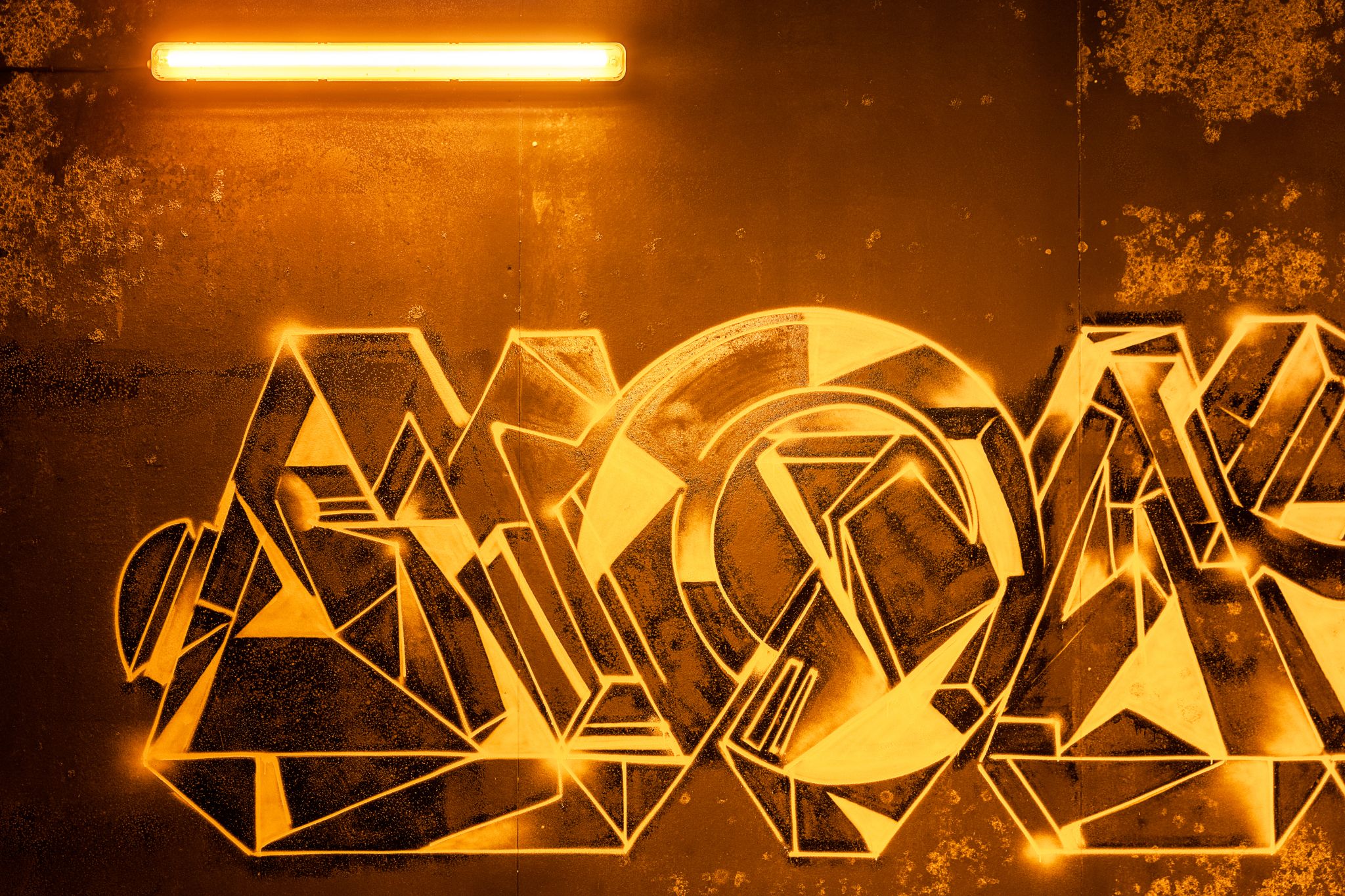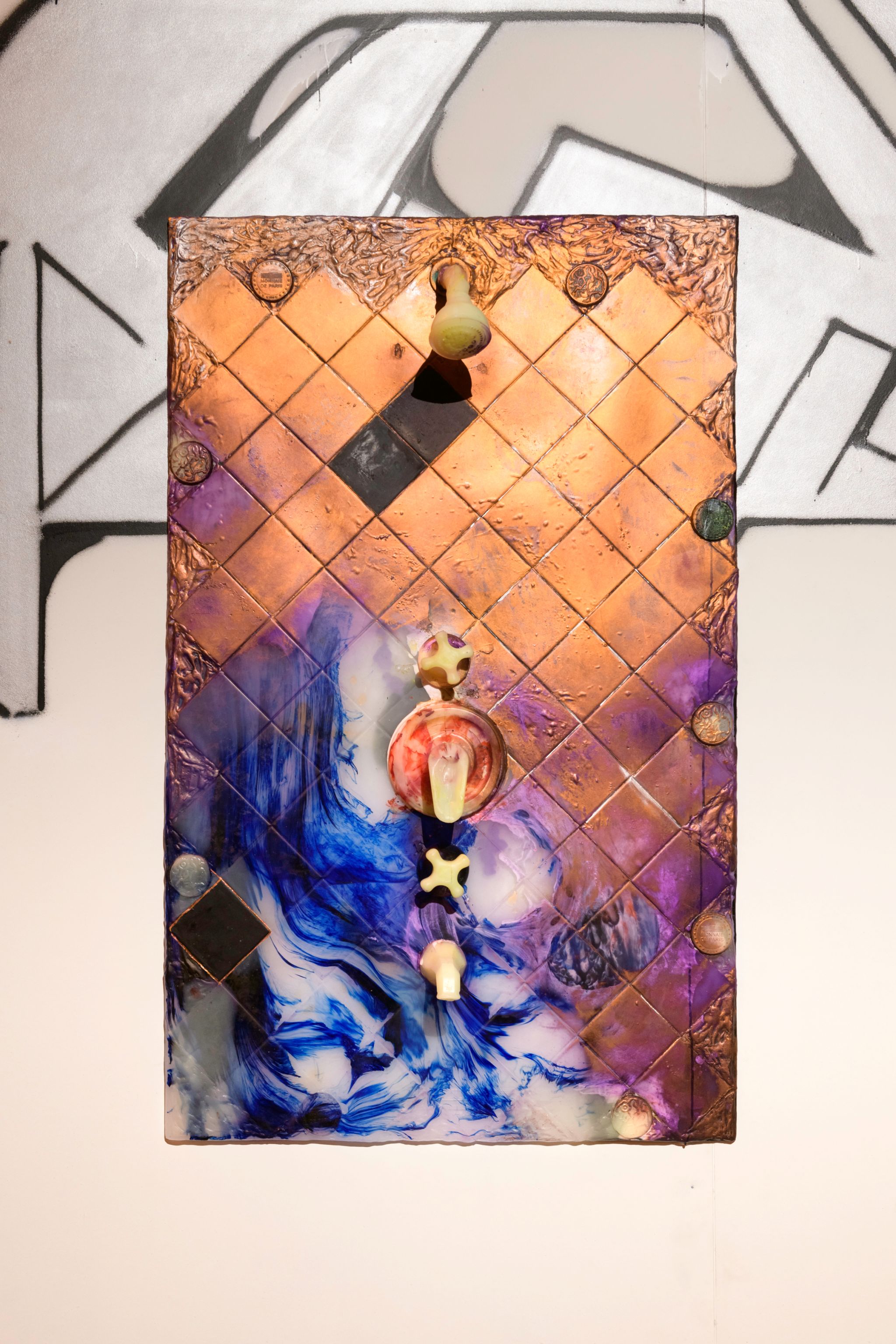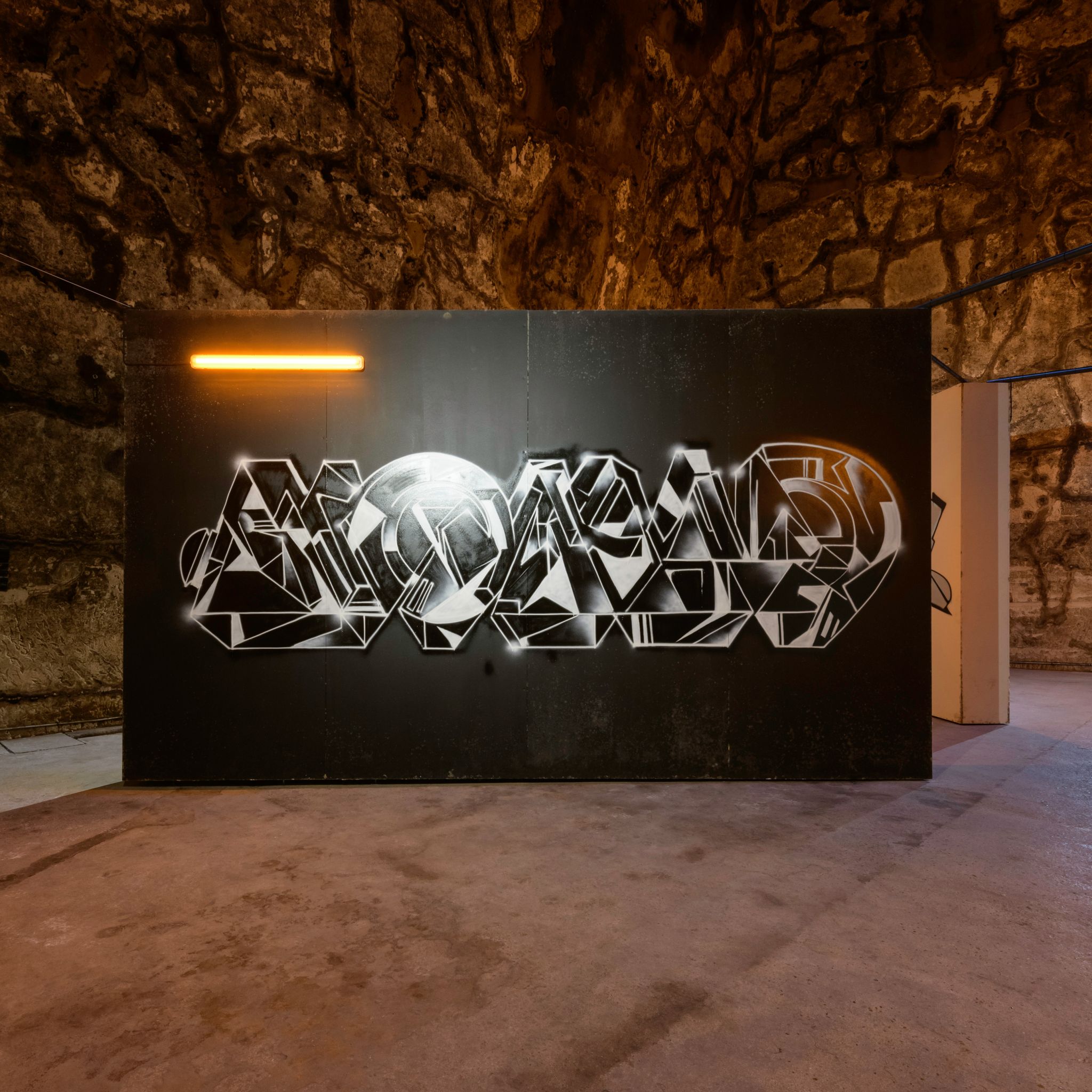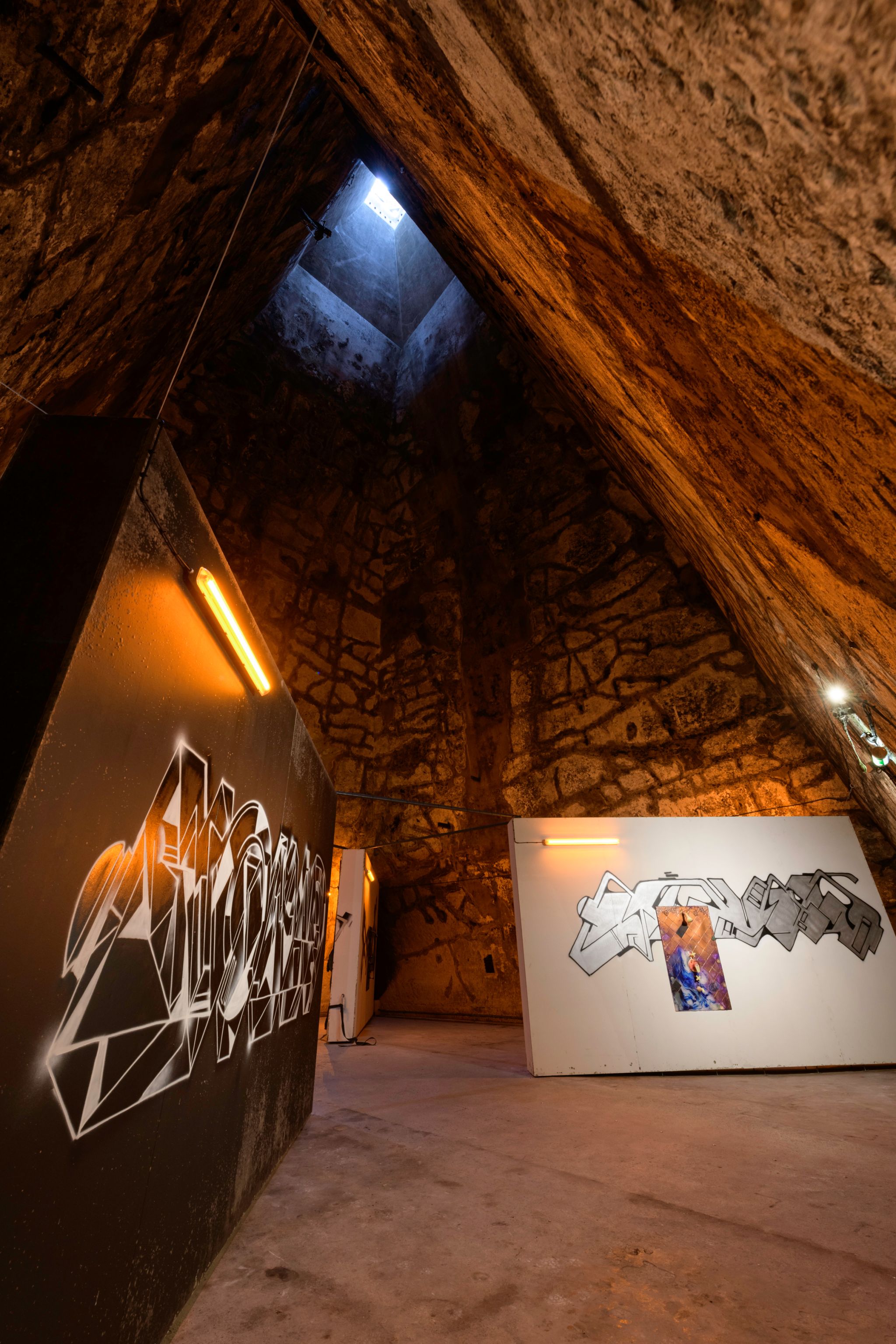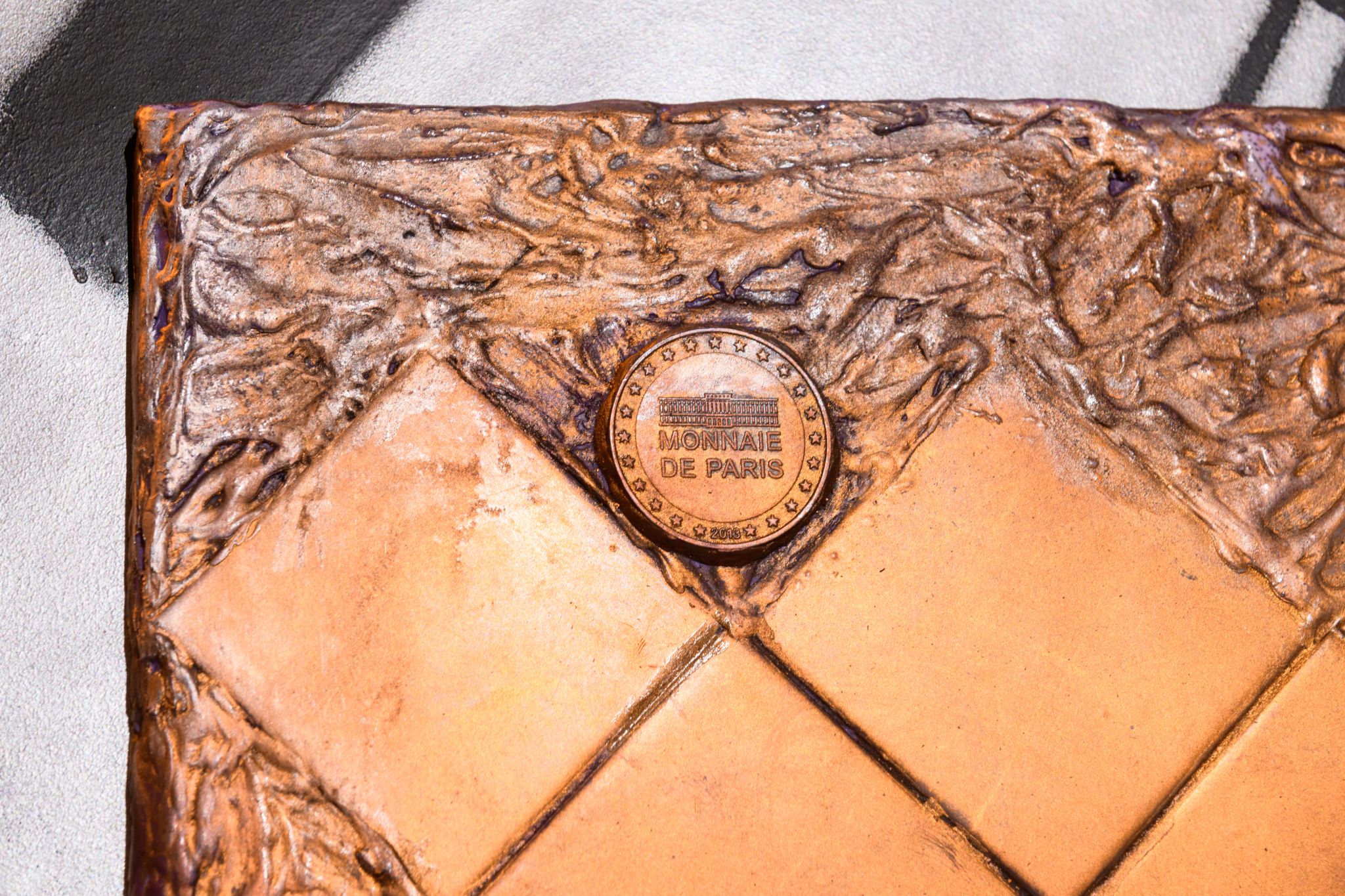-
The jungle is a territory of fantasies and delusions. A no-go zone where its absolutely non- virtual reality would be haunted by chimeric creatures, sorcerers, rituals, trance states, snake souls, disguised mysteries, trafficking, threats and remedies, legends and frightening beauty.
read more
The law of the jungle is that of the survival of the strongest, of the fittest and smartest. Man vs. the Wild: contrary to the sailors who use the stars to guide them, in the jungle survival is a step-by-step play, based on the slow and painstaking observation of the elements that inhabit the ground. In litterature, the jungle is often a nocturnal whispering, frozen or stifling hot, romantic and hostile. It represents a mental and physical quest, made of wonderment and wounds. The jungle inflicts blows and scratches. Its exoticism is surrealist Douanier Rousseau’s paintings both mesmerising and sensual. In the works of the Latin- American painter Wifredo Lam, the jungle is revolutionary. It burns with napalm bombs in the opening sequence of Francis Ford Coppola’s Apocalypse Now, a movie that in 1979 brings to the big screen a reminder that the jungle is also a violent territory of conflicts and traps, a place of conquest and resistance. The jungle is a book, a collection of Rudyard Kipling’s novellas; its Indian imaginary was adapted later on for the silver screen by Walt Disney. Mowgli, the child that was raised by wolves, gives then his name to the ape starring in the video clips and the lyrics of the French rap band PNL; their mind-blowing music as ambiance sounds tell, in a raw and melancholy way, the tale of everyday life in the inner cities and the ghettos, these concrete urban jungles.
Wednesday – Friday 12 – 6 pm
Saturday 12 – 4 pm and by appointment
KAYA (Kerstin Brätsch & Debo Eilers) – Jungle Theory
Domaine Pommery, Reims, FR
15.06.18 – 15.06.19
KAYA (Kerstin Braetsch & Debo Eilers)
UNIT 3D [Lava], 2017
Urethane and pigment
140 × 85,5 × 30 cm
KAYA (Kerstin Braetsch & Debo Eilers)
UNIT3D [Devimport], 2017
Resin, enamel and pigment
140 × 85,5 × 30 cm
KAYA (Kerstin Braetsch & Debo Eilers)
UNIT3D [DDebarma], 2017
Resin, enamel and pigment
140 × 85,5 × 30 cm
KAYA (Kerstin Braetsch & Debo Eilers)
S is for Spider Woman (Bodybag Coron), 2015
Vinyl lasercut, customized belts, vinyl wire, epoxy, coin on mylar, grommets, crystalclear, pigments
342,9 × 180,34 × 7,62 cm
KAYA (Kerstin Braetsch & Debo Eilers) feat. N.O.Madski
Powder room, 2018
Spray paint, plastic tarp, resin, urethane, email, oil and pigment

